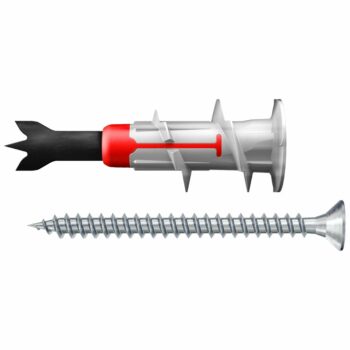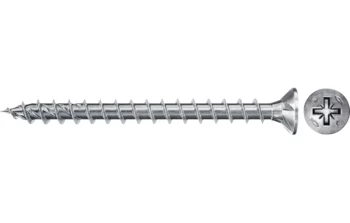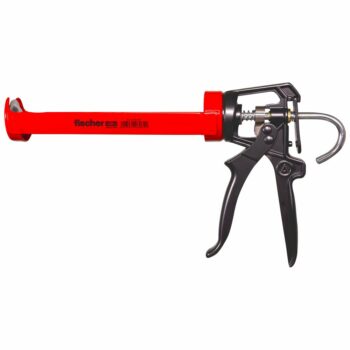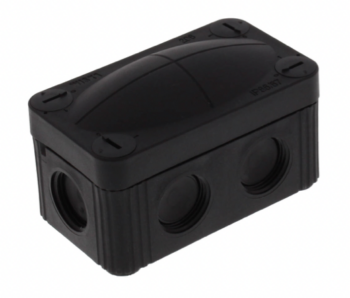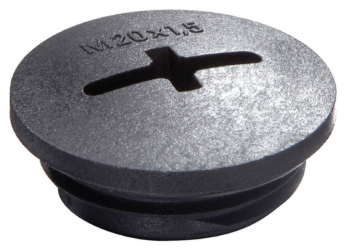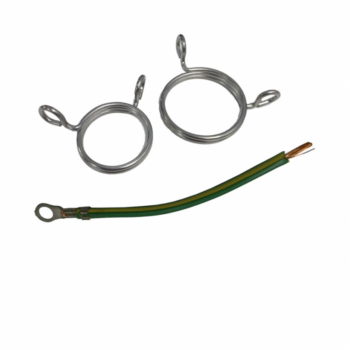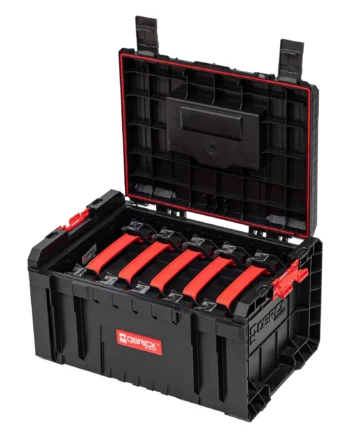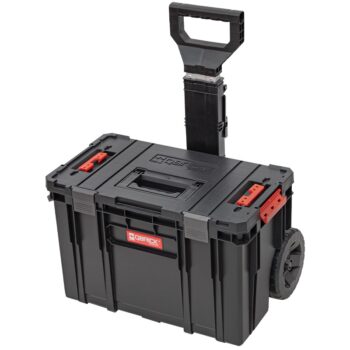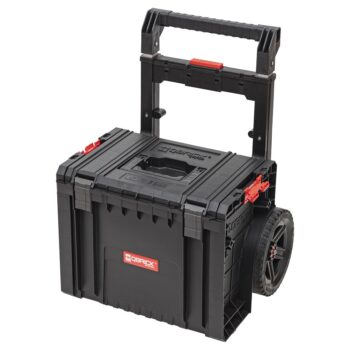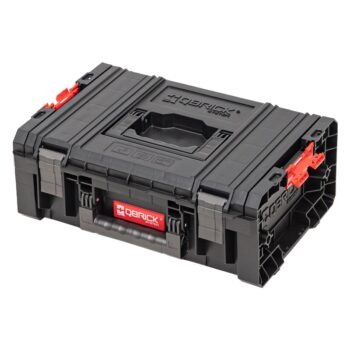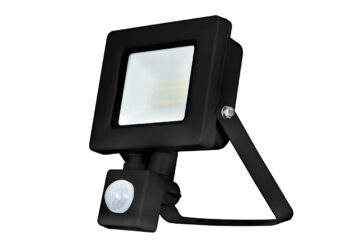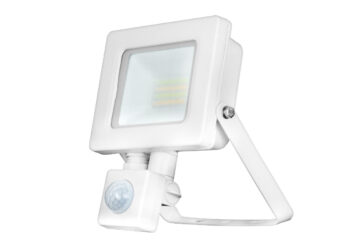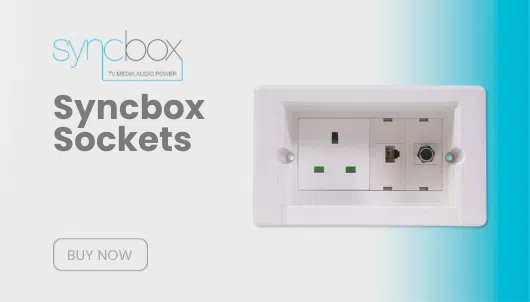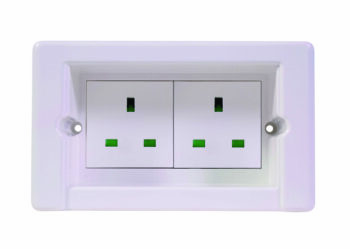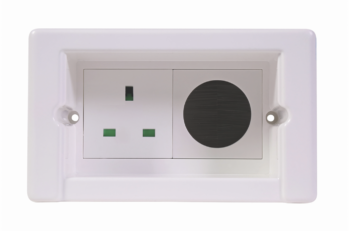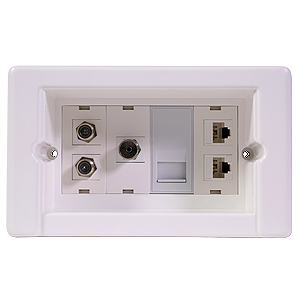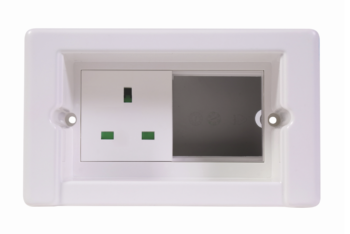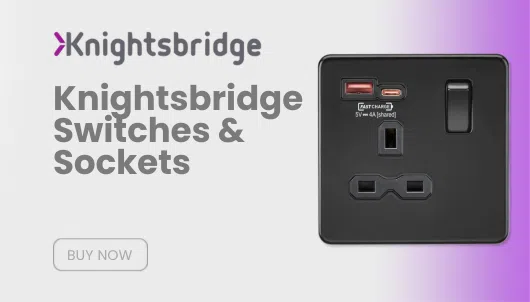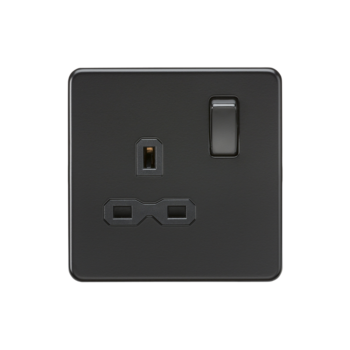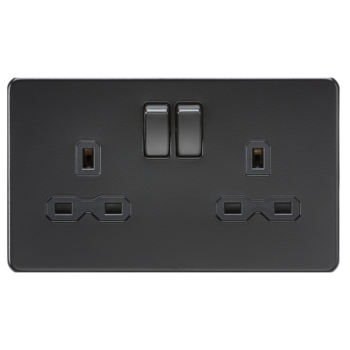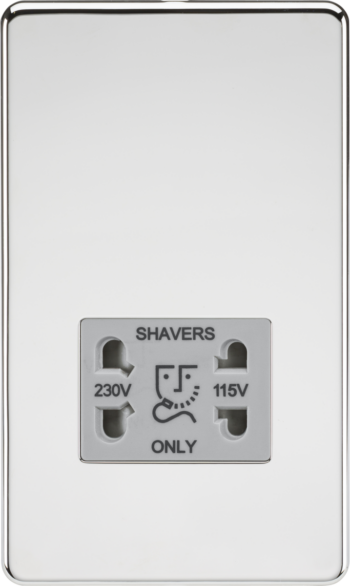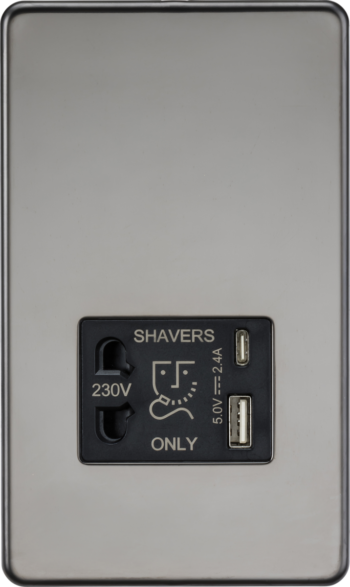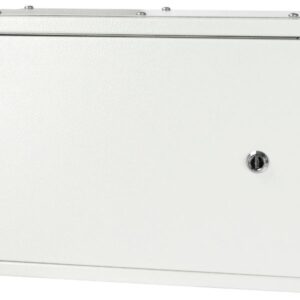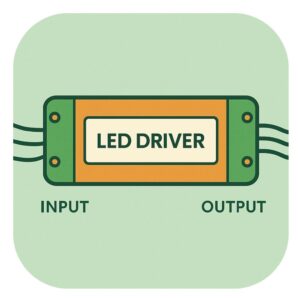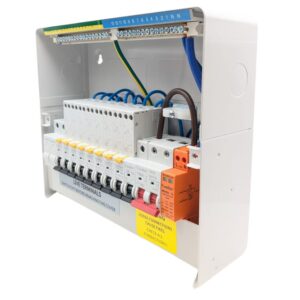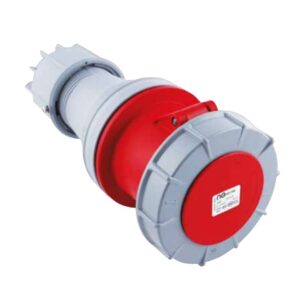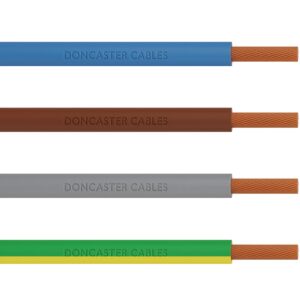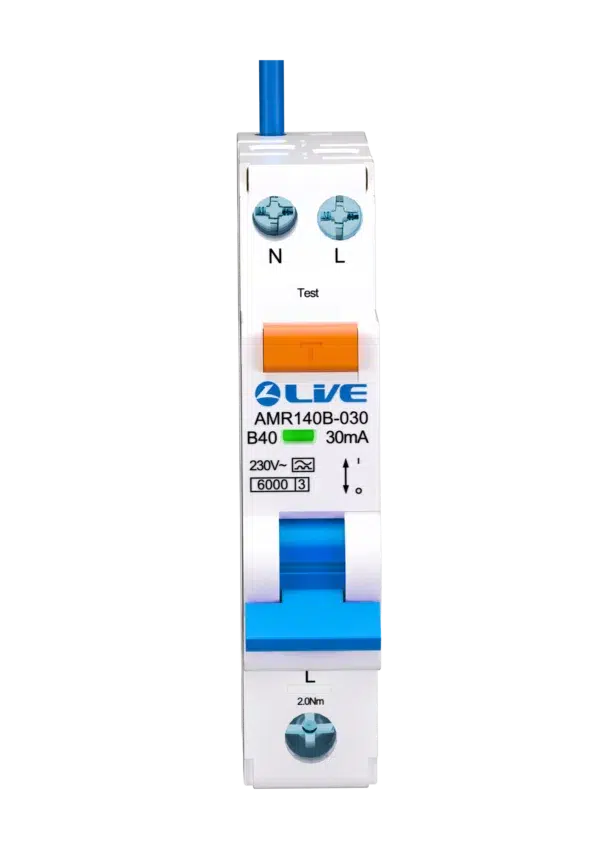
Bidirectional RCBOs are your safety net for modern energy solutions, seamlessly managing power flow in every direction.
With the surge in popularity of alternative energy sources like solar photovoltaic (PV) systems and energy storage, the concept of bidirectional power flow is becoming increasingly vital. This comprehensive guide explores the importance of selecting and installing the right protective devices for these systems, focusing on bidirectional RCBOs as recommended in the latest BEAMA bulletin.
Unidirectional Protective Devices
Before diving into bidirectional RCBOs, it’s essential to understand unidirectional protective devices. These devices are specifically engineered to handle power flow in a single direction—from the supply to the load. They are typically marked to differentiate between the line (supply) and load terminals. Such markings ensure the correct connection and optimal functionality. For instance, single-module residual current breakers with over-current protection (RCBOs) and arc fault detection devices (AFDDs) fall into this category. Most use electronic circuits for residual current protection, and following the manufacturer’s connection instructions is crucial for their proper operation.
Introducing Bidirectional Protective Devices
Unlike their unidirectional counterparts, bidirectional RCBOs can manage power flow in either direction. This feature makes them highly suitable for modern energy systems that require flexibility and adaptability. Notably, these devices lack markings to indicate line and load terminals, allowing for seamless integration without the risk of incorrect installation. Traditional electromechanical residual current circuit-breakers (RCCBs) and many electronic RCCBs are examples of bidirectional devices. These are typically not labeled for specific line or load connections, offering a versatile solution for complex energy systems.
How to Identify and Use Protective Devices
Most protective devices, including MCBs, RCCBs, RCBOs, and AFDDs, come with clear markings to differentiate between supply and load terminals. These labels might include terms like “line” and “load” or directional arrows. However, to ensure the device’s compatibility with bidirectional power flow, it’s essential to consult the manufacturer’s specifications. This step is particularly important for devices without explicit markings, as it ensures they are suitable for the intended application.
Implications for Existing Installations
Assessing existing installations, especially during electrical installation condition reports (EICRs), requires careful consideration of each device’s functionality in the event of failure. In TT systems, for instance, the failure of a residual current device (RCD) can pose significant safety concerns, necessitating immediate attention. While the recommendations for improvements should align with current standards, they also need to take into account the unique circumstances of each installation. This balanced approach helps maintain safety and compliance while optimizing the system’s performance.
Conclusion: The Importance of Bidirectional Compatibility
As the energy landscape continues to evolve, the selection of appropriate protective devices for generators and energy storage systems becomes increasingly critical. Although RCDs are not always mandatory for PV systems. Their use should align with the specific requirements of the installation and the manufacturer’s guidelines. Choosing the correct type of RCD and ensuring bidirectional RCBO compatibility are crucial for optimal device performance. This emphasis on following manufacturer instructions cannot be overstated, as it ensures the safety and reliability of the electrical system.
By understanding the differences between unidirectional and bidirectional RCBOs and selecting the right protective solutions, homeowners and businesses can future-proof their energy installations, promoting safety and efficiency in a rapidly changing energy landscape.
See our full range of Bidrectional RCBOs here!





